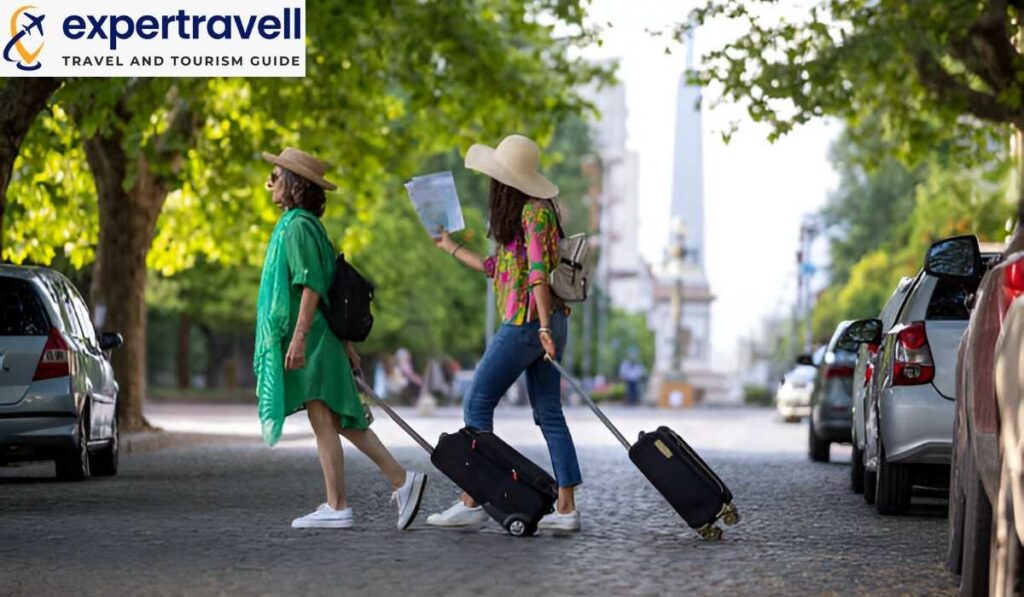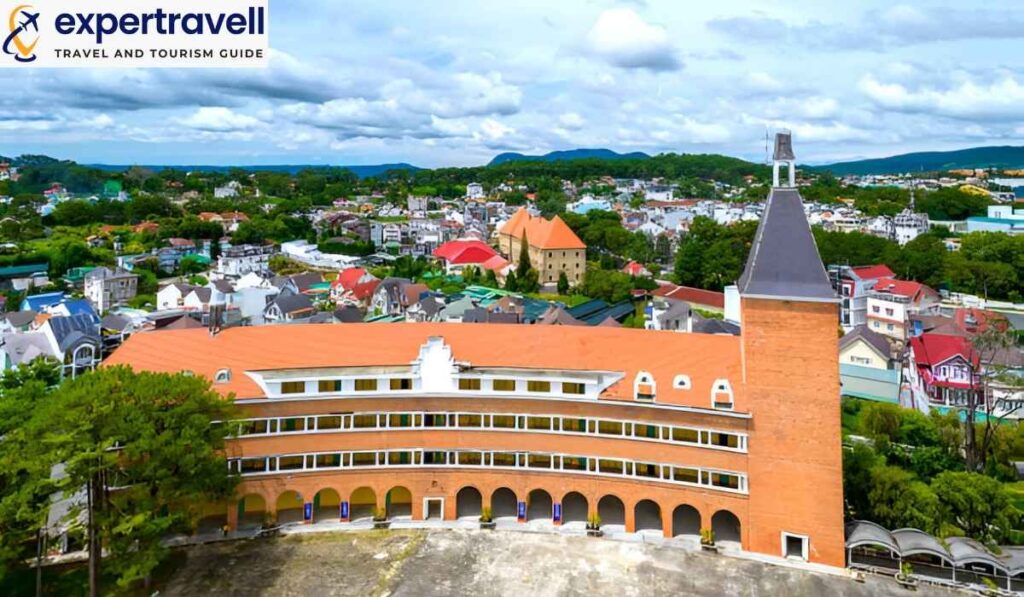Buenos Aires, the vibrant capital of Argentina, is best explored on foot. A walking tour lets you soak in the city’s rich culture, stunning architecture, and lively atmosphere. Whether you opt for a free walking tour Buenos Aires offers or a personalized experience, there’s no better way to uncover the city’s hidden treasures. These tours will allow you to discover Buenos Aires in a way that’s more intimate and immersive than traditional sightseeing methods.
Self-guided walking tours of Buenos Aires typically cover about 6.5 miles and showcase the city’s top attractions. You can explore iconic landmarks such as Plaza de Mayo, the Recoleta Cemetery, and the lively neighborhood of La Boca. Walking tours are a fantastic way to visit tourist attractions while uncovering hidden gems along the beaten path. Not only do these tours provide an excellent overview of the city’s most famous areas, but they also reveal lesser-known spots often overlooked by visitors.
Planning Your Walk
Whether you are an independent traveler or prefer guided tours, planning your walking tour ahead of time ensures a smooth and enjoyable experience. Buenos Aires offers various types of tours, from general cultural walks to more specialized ones, such as food tours or tours focusing on the history of the military dictatorship. No matter which option you choose, proper preparation is key.
Best Times to Visit
If you’re considering the best Buenos Aires walking tour, timing plays a crucial role. Spring and fall are ideal for walking tours in Buenos Aires, as the weather is mild with temperatures between 60 and 75°F. Between March to May and September to November, you can explore the city with fewer crowds and a pleasant climate. These are also the best seasons to enjoy a self-guided walking tour of the city’s iconic neighbourhoods like San Telmo and Palermo.
Winters in Buenos Aires are chilly but still manageable for walking tours, while summer months tend to be hot and humid. If you’re planning to visit in the summer, early morning tours are recommended to avoid the heat. Always check the forecast before setting out, as rain can occur throughout the year. The best time to experience Buenos Aires on foot is during the early morning hours when the streets are quieter, allowing you to enjoy its beauty without too many distractions.
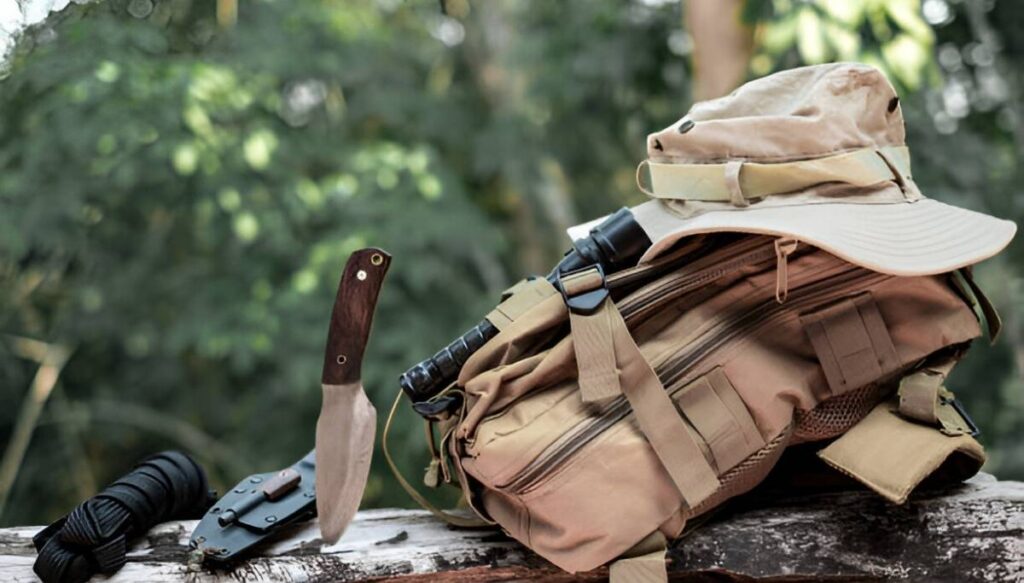
Essential Items to Bring
When embarking on a Buenos Aires walking tour, it’s essential to pack wisely. Comfortable walking shoes are a must, as you’ll be covering a lot of ground. A well-broken-in pair of shoes will help you avoid blisters. Other key items to bring include:
- Water bottle
- Sunscreen (SPF 30+)
- Hat or sunglasses
- Light jacket or sweater (for cooler days)
- Camera
- Tour map
- Cash for small purchases
- Portable charger for your phone
Wear layers to adjust to changing temperatures throughout the day. Having a map of Buenos Aires, whether digital or paper, helps to follow routes and stay on track. This is particularly important if you’re planning to explore self-guided walking tours.
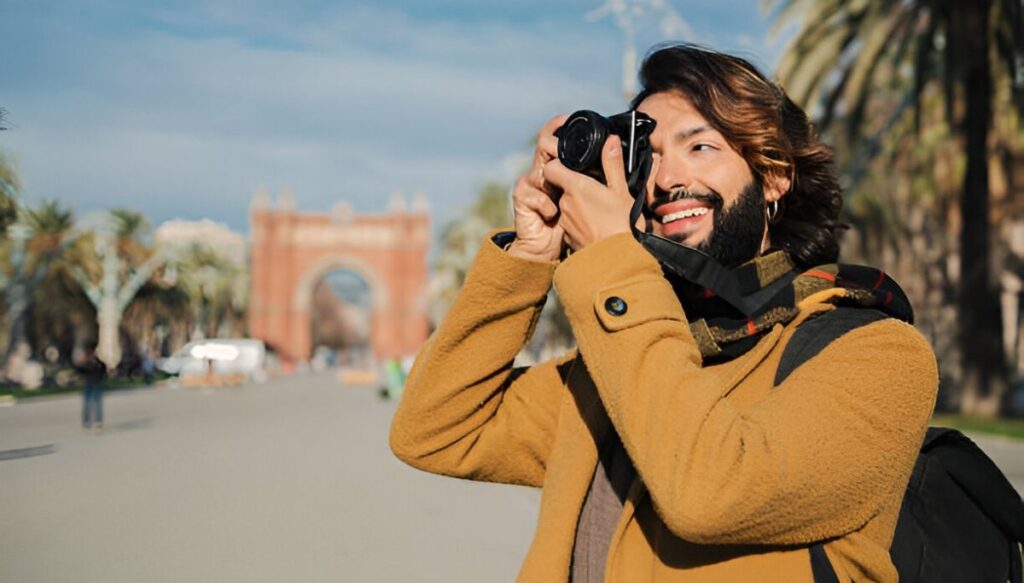
Cultural Highlights
Buenos Aires is a city rich in history, culture, and tradition. From its colonial past to the influence of European immigrants, the capital city of Argentina is a cultural melting pot. There’s no better way to explore this unique fusion of histories than on a walking tour.
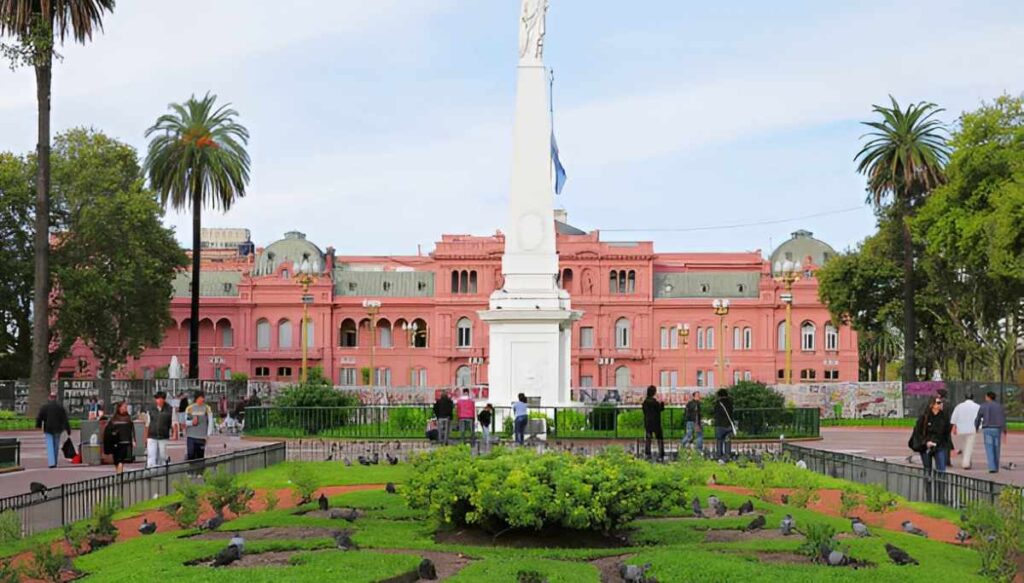
Historical Significance
The city’s historical significance is most evident at Plaza de Mayo, the focal point of Argentine political life. At the center of this plaza stands the Casa Rosada, the presidential palace, where Argentina’s most important political decisions have been made. The square is also home to El Cabildo, a colonial-era town hall that reflects the city’s deep Spanish roots. Nearby, you’ll find Catedral Metropolitana, a grand Catholic church with a neoclassical façade and intricate interiors.
Walking tours in Buenos Aires often include these historic landmarks as part of the itinerary, offering tourists an in-depth look at the events that shaped the city and the nation.
Influence of Italian Immigrants
A major aspect of Buenos Aires’ cultural identity is the influence of Italian immigrants who arrived in the late 19th and early 20th centuries. This is especially visible in the vibrant district of La Boca, where Italian dockworkers settled. The brightly colored houses of Caminito, a famous street in La Boca, are a tribute to the Italian heritage of the area. Exploring La Boca is a must on any Buenos Aires walking tour, as it showcases the deep ties between Argentina and Italy, not just in architecture but in language, cuisine, and daily life.
Much of Buenos Aires’ most iconic cuisine pizza, pasta, and pastries are rooted in Italian tradition. The city’s dialect also incorporates Italian words and phrases, blending with Spanish to form a unique vernacular known as Lunfardo.
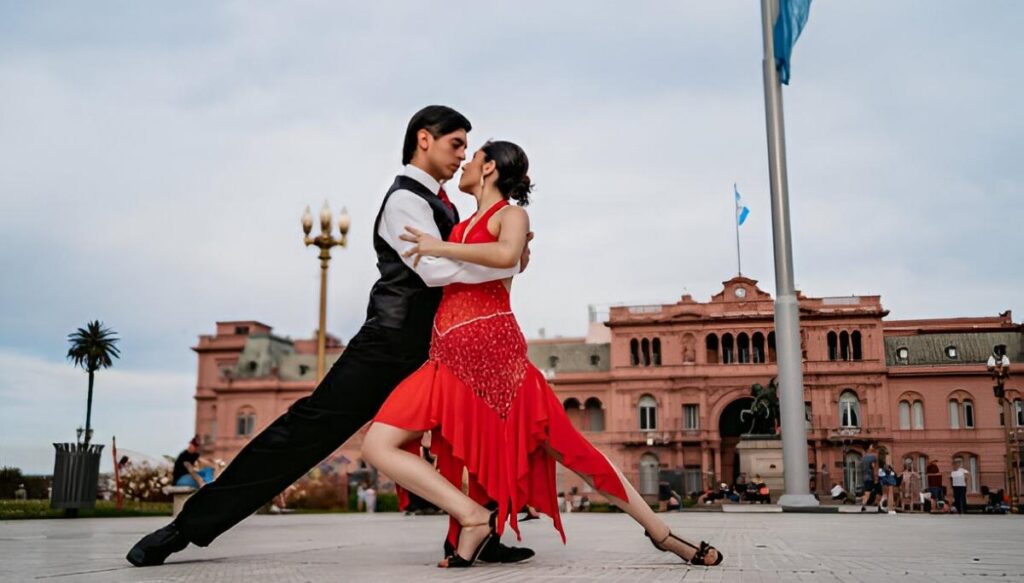
Tango: The Dance of Buenos Aires
No Buenos Aires walking tour is complete without an introduction to the world of tango, the passionate dance that originated in the city’s working-class neighborhoods. Tango, which draws from African, European, and native influences, has become an integral part of Buenos Aires’ cultural fabric. In areas like San Telmo, street performers often captivate crowds with impromptu tango performances. You can watch these talented dancers in public squares or visit traditional milongas (dance halls) to see tango in its most authentic form.
The annual tango festival, held in August, is another way to experience the power and allure of this dance form. This celebration of tango culture draws thousands of dancers and spectators from across the globe, solidifying Buenos Aires as the world’s tango capital.
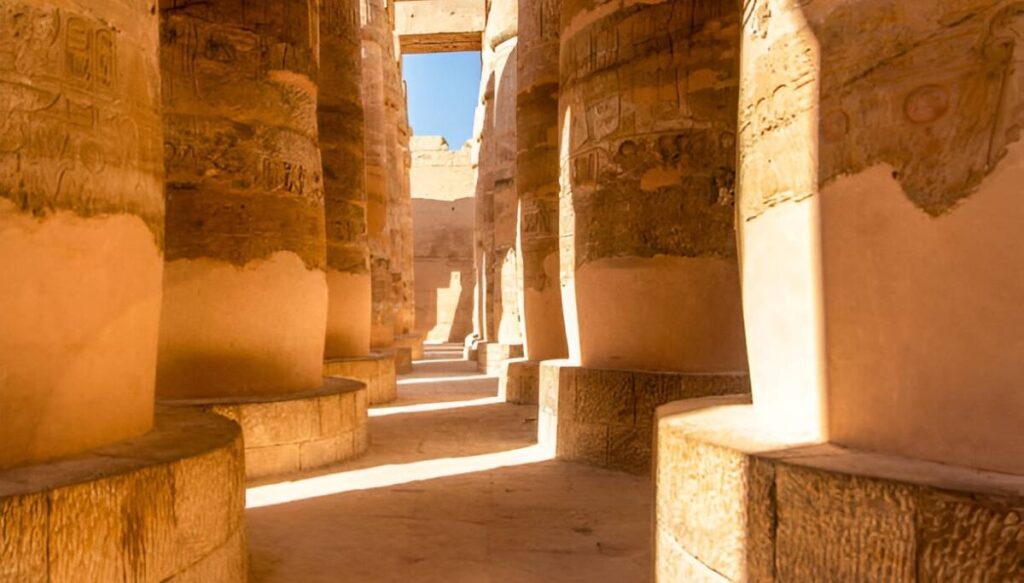
Architectural Marvels
The architecture of Buenos Aires reflects the city’s rich history and diverse influences. As you explore the city on foot, you’ll find that it boasts a mix of colonial, neoclassical, and modern designs, making it a haven for architecture lovers.
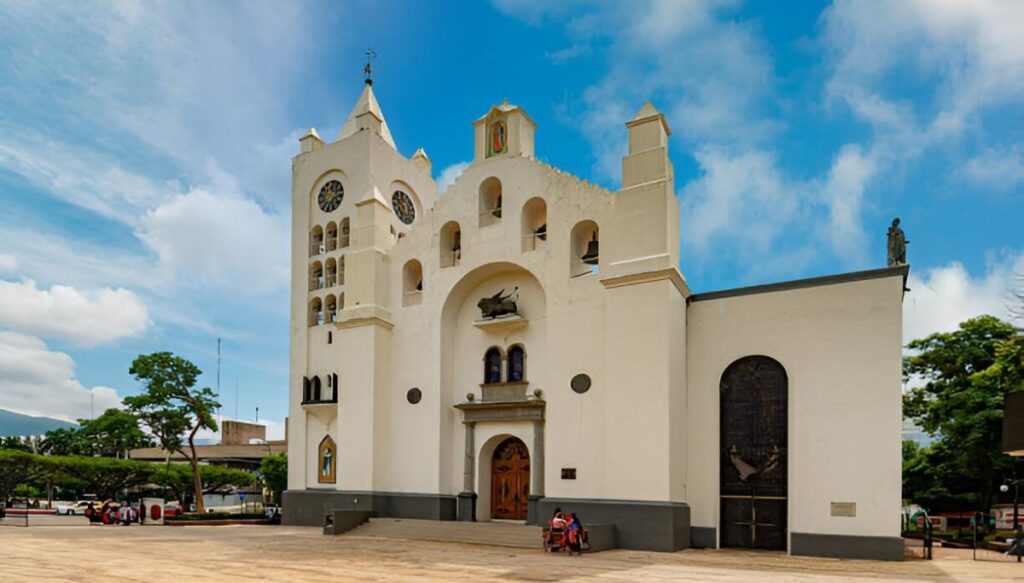
Colonial Legacies
Several of Buenos Aires’s most famous buildings date back to its colonial past. For example, the San Ignacio Church, completed in 1734, is one of the oldest buildings in the city and a fine example of Spanish baroque architecture. The Cabildo, mentioned earlier, also provides a glimpse into the city’s colonial heritage with its simple yet elegant design.
Walking through the streets of San Telmo, you’ll encounter colonial-era buildings adorned with wrought-iron balconies and cobblestone streets that evoke the charm of 19th-century Buenos Aires.

Modern Innovations
Buenos Aires isn’t all about history, though. The city embraces modernity through innovative architectural marvels such as the Puente de la Mujer (Woman’s Bridge) in Puerto Madero, designed by the famous Spanish architect Santiago Calatrava. The sleek white bridge, resembling a couple dancing tango, symbolizes the blend of tradition and innovation that defines Buenos Aires.
Another modern architectural gem is the Planetario Galileo Galilei, with its futuristic, UFO-like design. These structures reflect the city’s embrace of contemporary art and design, making them essential stops on any Buenos Aires walking tour.
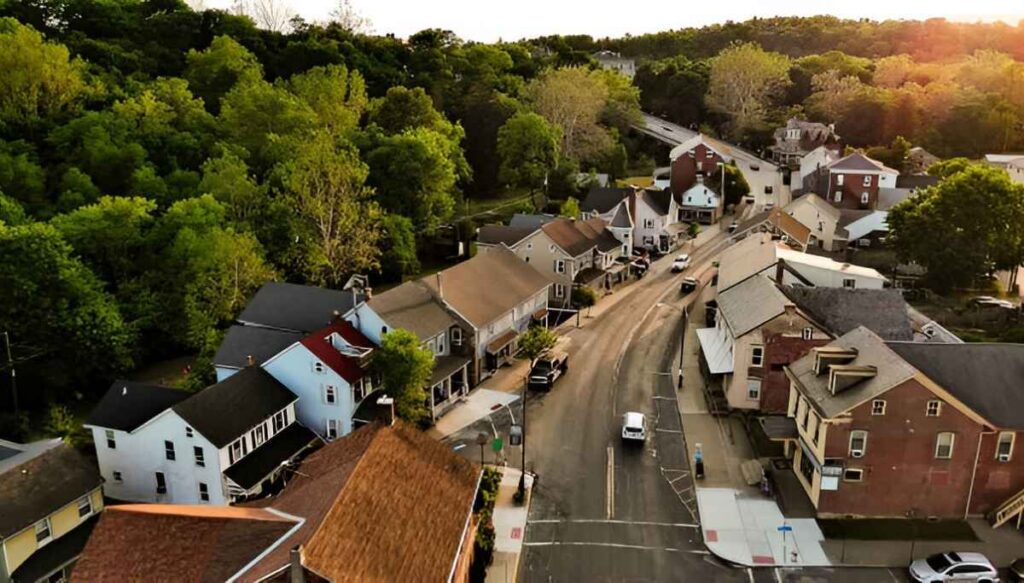
Famous Neighbourhoods
One of the greatest joys of exploring Buenos Aires on foot is discovering its distinct neighborhoods. Each area has its character, from the elegance of Recoleta to the bohemian charm of San Telmo.
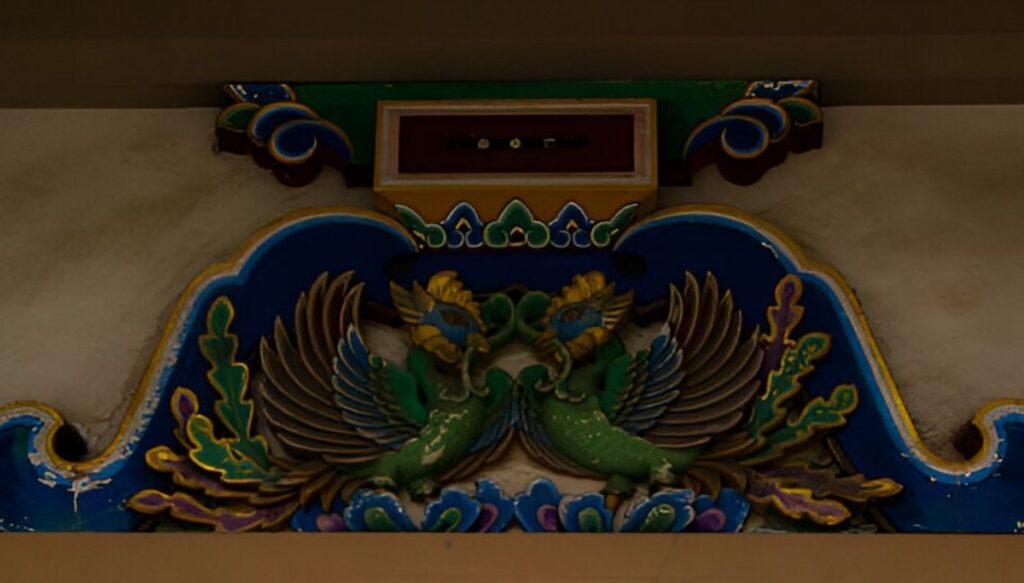
Recoleta’s Grandeur
Known for its opulent architecture and serene parks, Recoleta is one of the city’s most prestigious neighborhoods. The centerpiece of Recoleta is its cemetery, where Argentina’s elite, including Eva Perón, is laid to rest. A Buenos Aires walking tour in Recoleta isn’t complete without visiting this grand resting place, which features ornately carved mausoleums and grand memorials.
Just steps away from the cemetery, you’ll find the National Museum of Fine Arts, one of the best art museums in the country. Recoleta is also home to upscale cafes and boutiques, offering visitors a refined slice of Buenos Aires life.
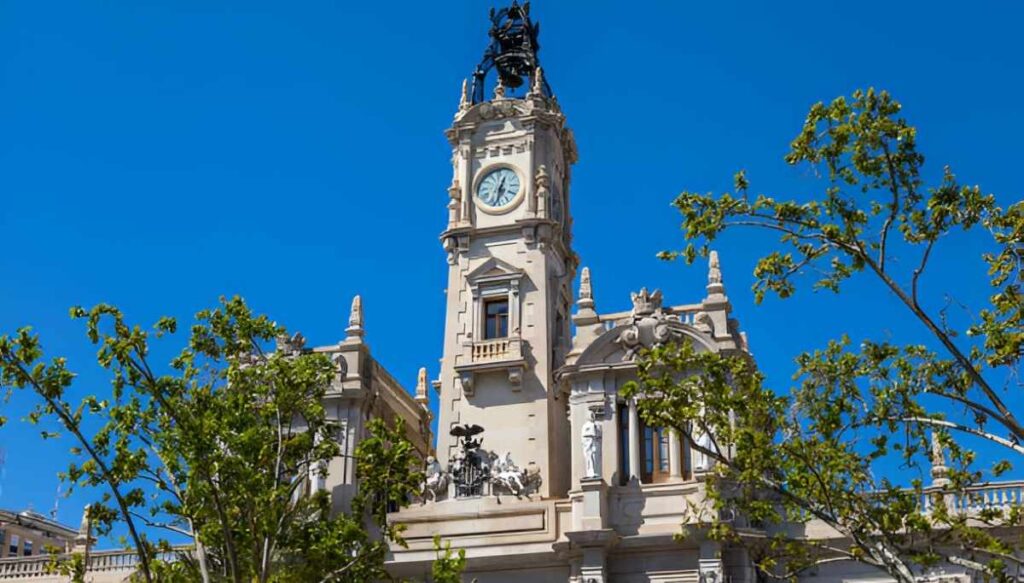
San Telmo’s Charm
If you’re seeking a more rustic, artistic vibe, San Telmo is the place to be. This neighborhood is known for its vintage shops, bustling street markets, and a lively tango scene. On Sundays, Plaza Dorrego becomes the heart of the action, with street vendors selling antiques and local artisans showcasing their crafts.
A walking tour through San Telmo provides a glimpse into the old-world charm of Buenos Aires, with colonial architecture, cobbled streets, and street performers bringing the area to life.
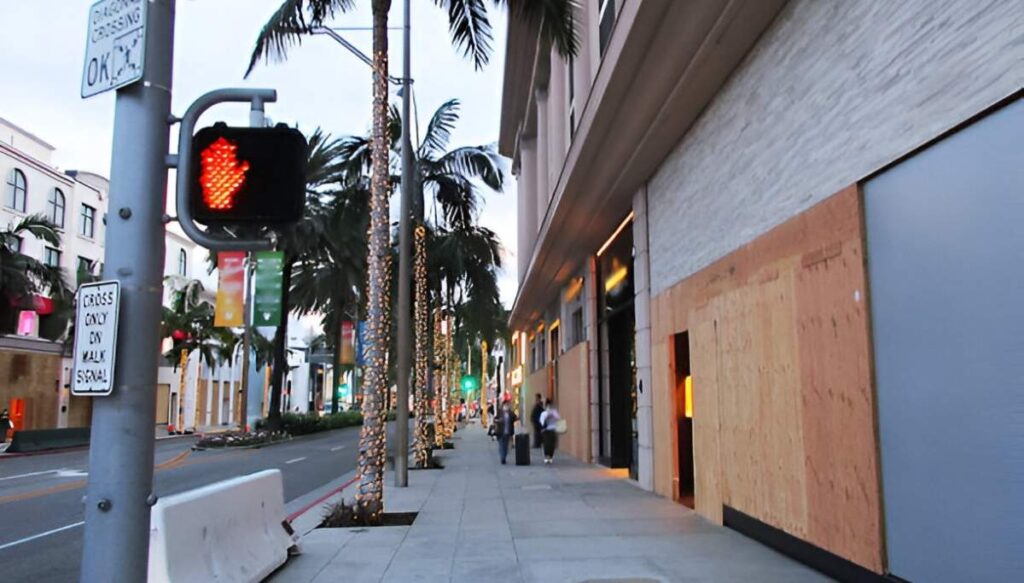
La Boca’s Vibrance
La Boca is one of Buenos Aires’ most visually striking neighborhoods, famous for its vibrant colors and lively atmosphere. The pedestrian street Caminito is a living art gallery, with murals and brightly painted buildings that pay homage to the area’s Italian immigrant roots. Here, visitors can also experience the fervor of Argentine soccer at La Bombonera, the stadium for the legendary Boca Juniors team.
While La Boca is famous for its tourist attractions, it’s also a neighborhood with deep working-class roots. A walking tour through this area allows visitors to see both the glamorous and gritty sides of Buenos Aires.
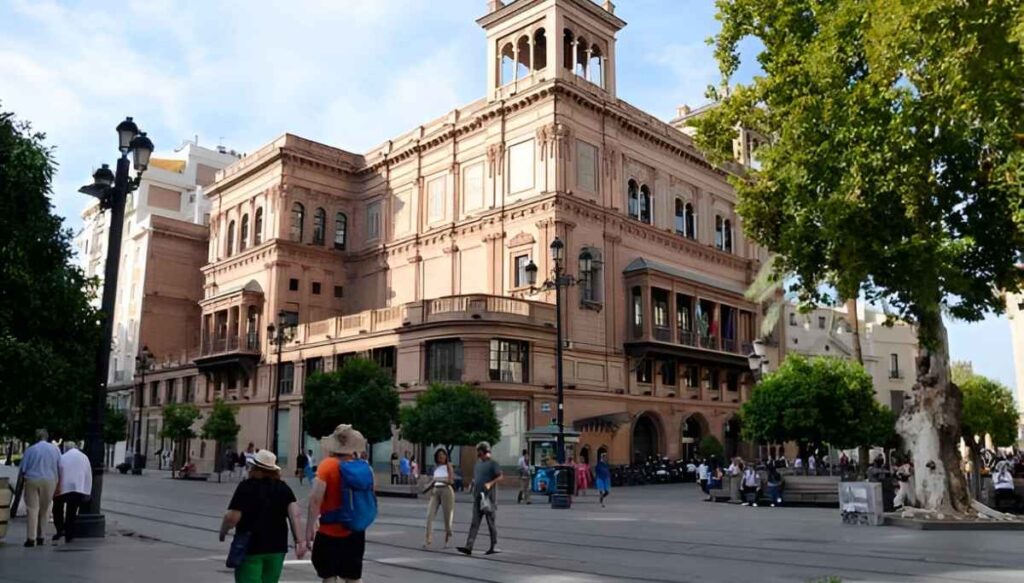
Palermo’s Chic
Palermo is the city’s trendiest district, divided into areas such as Palermo Soho and Palermo Hollywood. Known for its fashionable shops, hip cafes, and stylish residents, Palermo is a must-visit for anyone looking to experience the cosmopolitan side of Buenos Aires.
The neighborhood is also home to Tres de Febrero Park, a vast green space perfect for a leisurely afternoon stroll. Palermo’s chic atmosphere, combined with its array of restaurants and nightlife options, makes it a popular choice for tourists and locals alike.
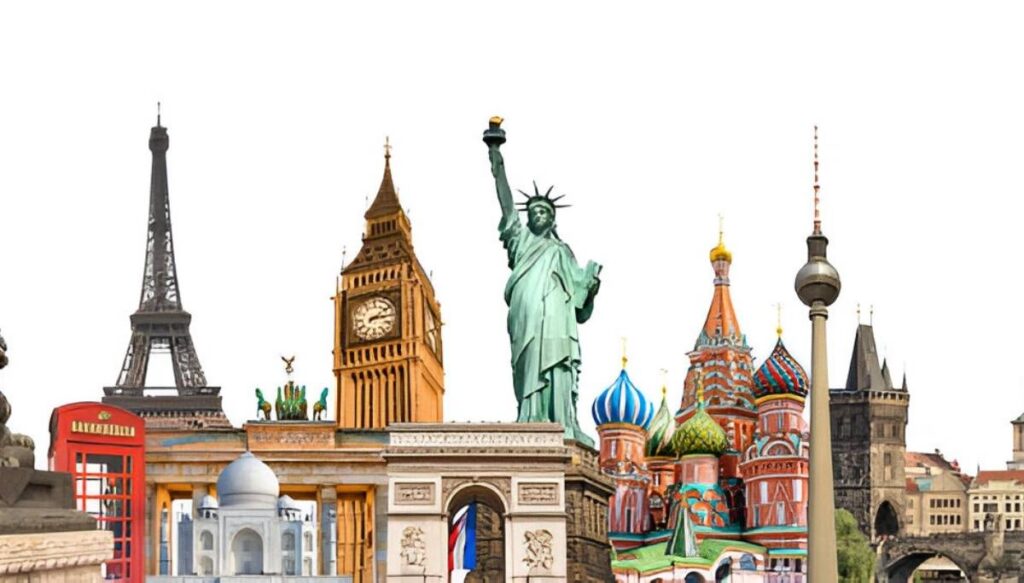
Iconic Landmarks
In addition to its eclectic neighborhoods, Buenos Aires is home to several iconic landmarks that should be included on any walking tour itinerary.
Plaza de Mayo and Surrounds
The political heart of Buenos Aires is Plaza de Mayo, where you can find the Casa Rosada, the seat of the Argentine government. This square has been the site of many important Buenos Aires events in Argentine history and remains a focal point for political life in the city. Nearby, you’ll also find the May Pyramid, the oldest national monument in Buenos Aires.
The Obelisco and Avenida Corrientes
No tour of Buenos Aires is complete without visiting the Obelisco, a towering 220-foot monument located at the intersection of Avenida 9 de Julio and Avenida Corrientes. From here, you can explore Avenida Corrientes, known as the “Broadway of Buenos Aires” for its theaters, cafes, and lively nightlife.
Gastronomic Delights
Buenos Aires is a city that loves food, and its culinary scene is just as diverse as its neighborhoods.
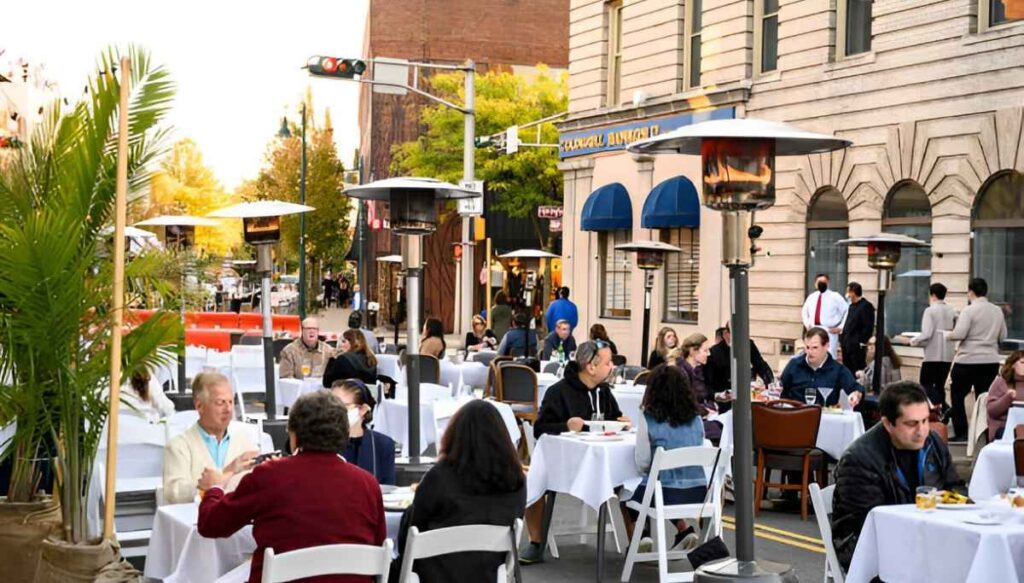
Local Eateries and Parrillas
No visit to Buenos Aires is complete without dining at a parrilla, an Argentine steakhouse. These restaurants specialize in asado (grilled meat), a key part of Argentine culture. Try cuts like bife de chorizo or lomo, often served with the country’s famous chimichurri sauce. Don’t miss out on pizza porteña thick-crust pizza piled high with cheese and toppings or medialunas, croissant-like pastries that are a breakfast staple.

Sweet Treats
Argentina’s love for dulce de leche knows no bounds. This creamy caramel spread is used in a variety of desserts, including alfajores (shortbread cookies filled with dulce de leche). Many cafes and bakeries throughout Buenos Aires offer delicious sweets that pair perfectly with a cup of mate, the national beverage.

Shopping and Leisure
Buenos Aires offers fantastic shopping opportunities, particularly along Florida Street, a bustling pedestrian mall filled with shops selling everything from leather goods to souvenirs. For a more upscale experience, check out the Le Caravelle arcade near the intersection of Florida and Lavalle Streets.
Frequently Asked Questions
What are the best areas to explore on a walking tour in Buenos Aires?
Popular areas include Recoleta, San Telmo, Palermo, and Plaza de Mayo. These neighbourhoods highlight Buenos Aires’ rich history, culture, and architecture.
Can I find a reputable free walking tour in Buenos Aires that is conducted in English?
Yes, several companies offer free walking tours in English, often led by knowledgeable locals. Tips are usually expected at the end of the tour.
How can I obtain a map for a self-guided walking tour of Buenos Aires?
Tourist information centres and websites offer maps for self-guided walking tours. Look for guides that include key attractions and hidden gems.
Which part of Buenos Aires is considered the most picturesque to visit on foot?
Recoleta and Palermo are often considered the most picturesque areas, with beautiful architecture, parks, and vibrant street art.
Is it possible to do a walking tour in La Boca, and are there any free options available?
Yes, walking tours of La Boca are popular, and free options are available. However, it’s recommended to join a guided tour for safety, especially when exploring independently.

